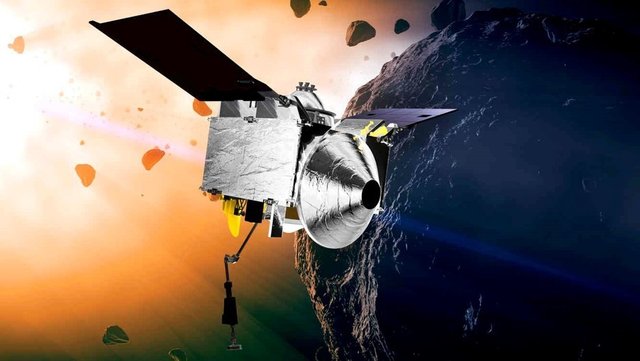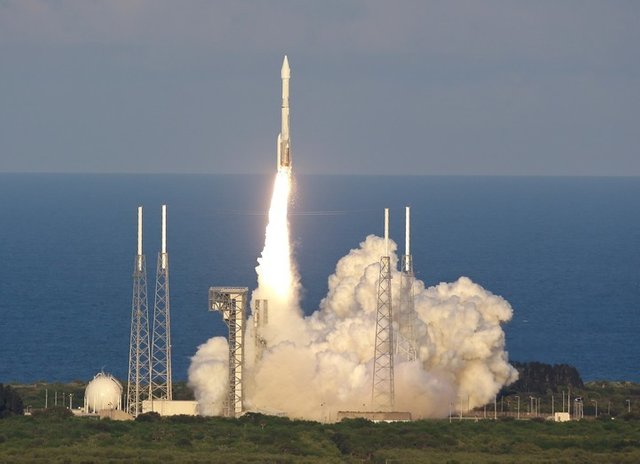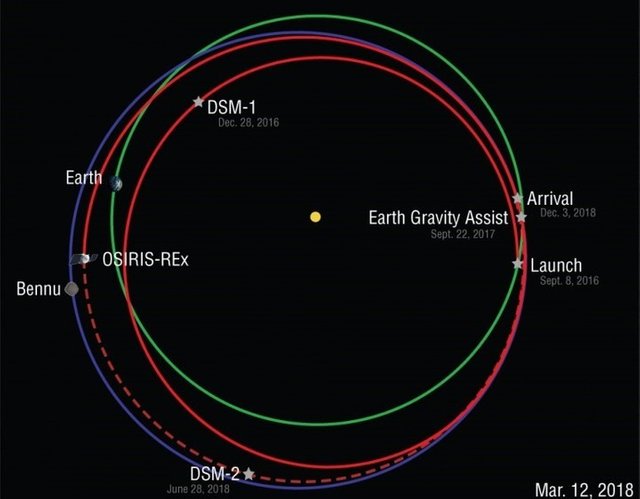NASA studies it and has prepared an emergency mission, although there are those who fear that it is not enough.

Stay calm there are 117 years left for this to happen and the odds of it actually happening are 1 in 2700. However in NASA there is concern for the "future of humanity" before the threat of the asteroid Bennu, which according to the US space agency , on September 21, 2135 could crash into Earth.
In 2016, the Osiris Rex mission was launched, which launched a spacecraft from Cabo Cañaveral with the objective of visiting the asteroid, studying its composition and analyzing the possibilities of actually impacting our planet. It is expected that on December 3 of this year arrives at its destination and spend two years there recognizing the surface and taking 60 grams of sample that will arrive again in 2023.

The mission also aims to obtain from the asteroid information that allows to know more about the origins of the solar system. At the same time there is the HAMMER project (Mission of Mitigation of an Asteroid to Hypervelocity for an Emergency Response, according to its acronym in English), which is like a kind of last resort, the red button of the movies.
As explained by the Buzz Feed site, the project, with a cost of 800 million dollars, will be presented in May at a space security conference in Japan and it is an 8.8 ton ship capable of diverting the asteroid simply impacting against he. In the worst case, HAMMER can activate a nuclear charge to stop the meteorite or destroy it .

Although, as often happens in these cases, there are critical and fearful opinions regarding the real danger of Bennu and the aero space engineer Brent W. Barbee published in the journal Acta Astronautica a study that indicates that this impact would not be enough to achieve the aim to slow down the asteroid.

Bennu has a diameter of 500 meters and travels around the Sun at a speed of 101,389 kilometers per hour and can be seen every six years from Earth. It was baptized with the name of an Egyptian mythological bird associated with death.
Hello @verma, Im not happy about hearing this, lucky Benjamin won't be around for Bennu. a 1 in 2700 chance it to much for me. Hopefully by then our tech will be much more advanced and we can do something about this. There are techniques being developed to divert these asteroids. You can use a high powered laser to heat a side of the asteroid causing a force which can change the orbit of the asteroid and stop an impact.
The problem we have is the that we can only see asteroids larger than about 30-50m, iron-nickel asteroids that are 30m in diamter would cause a devastating impact. Look at the Barringer crater for example.
Just a bit of advice, if you would like upvotes from steemstem community or others, it's better to use reference for the image and also your information. Also images must be fair use, and not copyright, wikimdia is a good source. I hope that advice helps, if you act on it you could very well see some good votes in the future. Check out my blog for example.
Have a good day, and hope to see you around.
@physics.benjamin
Downvoting a post can decrease pending rewards and make it less visible. Common reasons:
Submit